What to know about at-home COVID test expiration dates, how to get free tests and more
As end-of-year traveling ramps up and COVID-19 cases continue to rise, don’t forget to make use of your at-home COVID-19 tests if you’re feeling under the weather — but first, make sure they are not expired.
On Sept. 25, the federal government once again opened sign-ups for each household in the United States to receive four new at-home COVID-19 tests. The effort comes after COVID-19 cases increased in July and continue to be on the rise, according to the Centers for Disease Control and Prevention.
While it’s nice to get at-home tests for free, plenty of us are guilty of accidentally stockpiling them during COVID-19 case surges and not opening them before they’re unusable. If this sounds like you, check your current inventory to make sure you really need the extras and to see how many of your old tests have passed their expiration dates.
How do I get at-home COVID-19 tests?
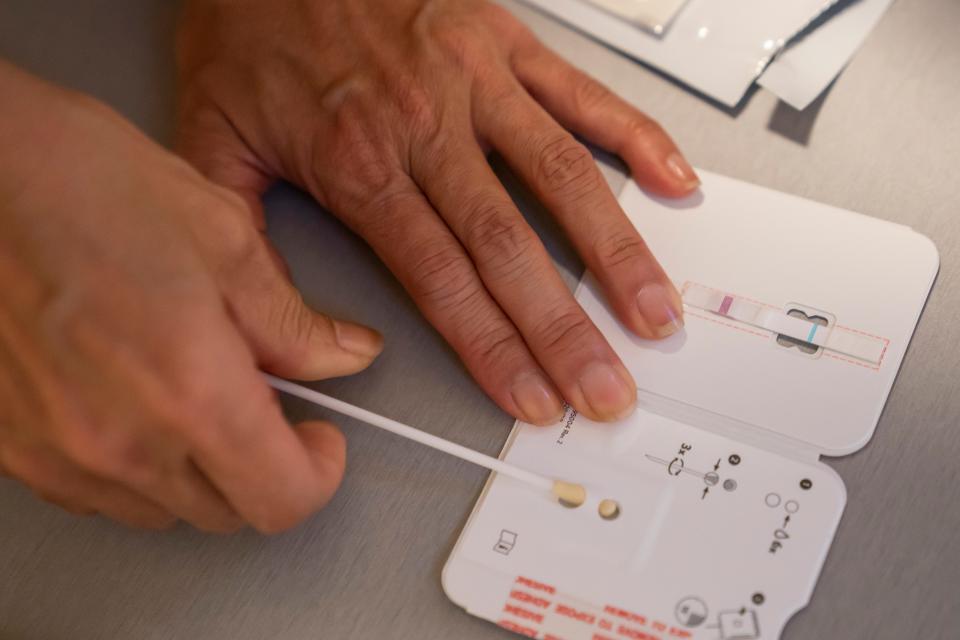
To place an order for your four free at-home COVID-19 tests, visit special.usps.com/testkits.
The website will prompt you to enter a mailing address and an email and will have a checkout cost of zero. The offer is limited to one order per residential address and includes four individual rapid antigen COVID-19 tests, also referred to as self-tests or over-the-counter tests.
Once the order is placed, an email will be sent to the account used for checkout confirming the order. When the at-home tests are shipped to your home, you will receive a follow-up email with tracking information.
As of Nov. 20, all households are eligible to receive four additional at-home COVID test kits for free following the same instructions, according to an announcement from the U.S. Department of Health and Human Services.
Households that did not order free at-home COVID tests in September, when the federal government first reinstated the initiative, are eligible to receive eight free at-home tests by placing two orders using the order form, according to the U.S. Postal Service.
More details about the free at-home tests:
They are not PCR tests.
They can be taken at home or other locations.
They provide results within 30 minutes.
They can be used whether you have COVID-19 symptoms or not.
They can be used whether you are up to date on COVID-19 vaccines or not.
How long do I have to wait for my at-home COVID-19 tests to be delivered?
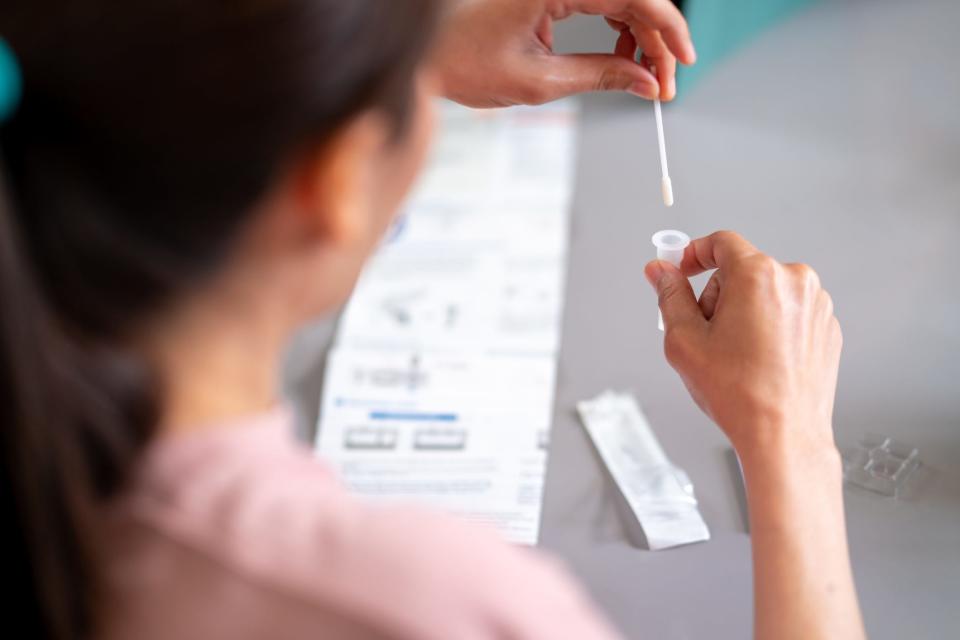
According to the U.S. Postal Service, all orders within the continental U.S. will be sent through first class. Priority Mail will be used for all shipments to Alaska, Hawaii, U.S. territories and overseas military and diplomatic addresses.
For those ordering COVID tests after Nov. 20, orders will start to ship on Nov. 27, according to the Postal Service.
When to use at-home COVID-19 tests
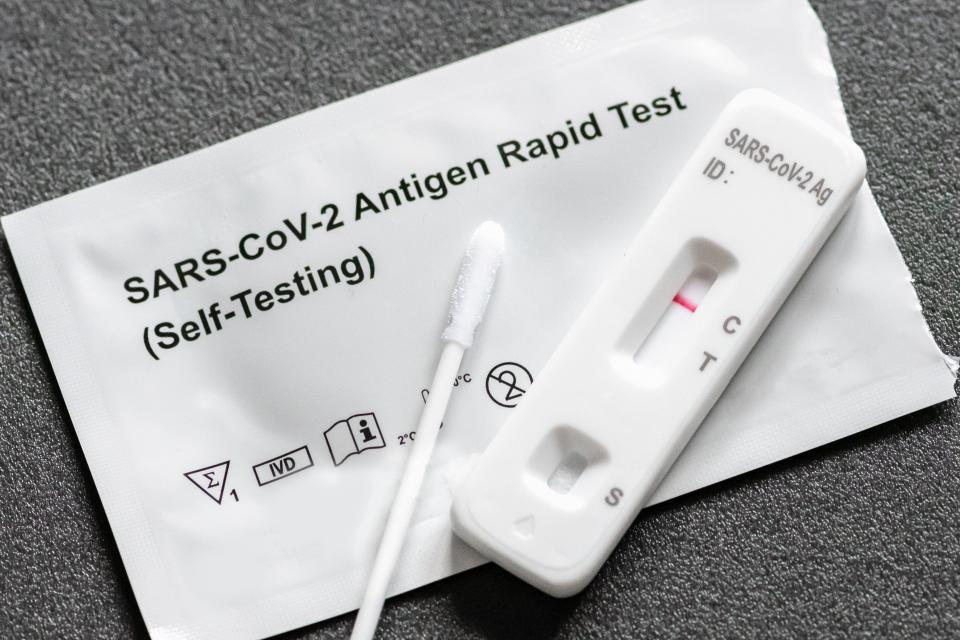
The Centers for Disease Control and Prevention recommends taking an at-home COVID-19 tests in the following situations:
You begin having COVID-19 symptoms like fever, sore throat, runny nose or loss of taste or smell.
It has been at least five days since you came into close contact with someone with COVID-19.
You plan to gather with a group of people, especially those who are at risk of severe diseases and may not be up to date on their COVID-19 vaccines.
What should I do after I get my COVID-19 test results?
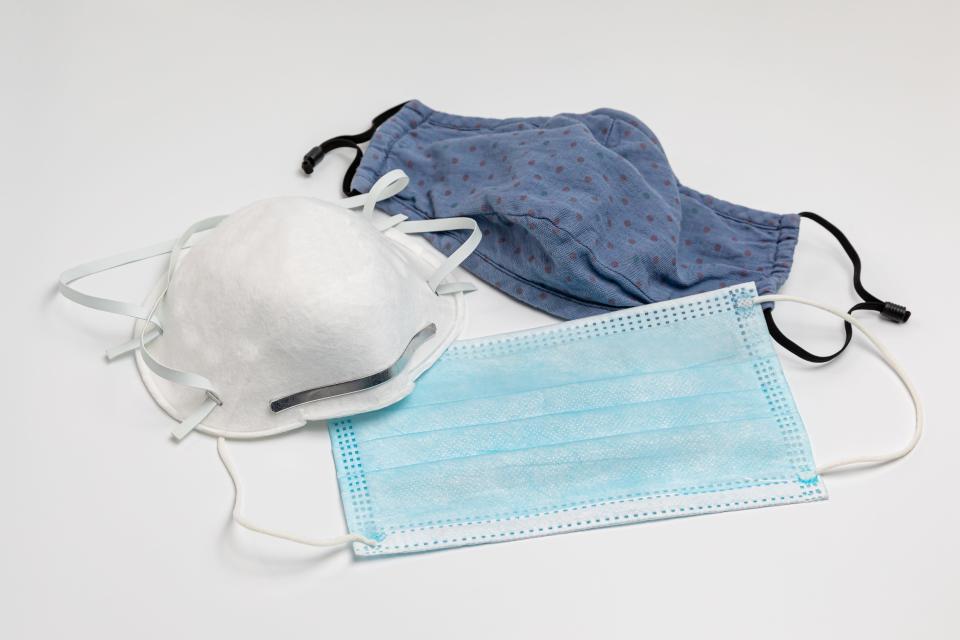
If you test positive, that means the at-home test detected the virus in your sample and you “very likely have COVID-19,” according to the CDC.
You should follow the latest CDC guidance for isolation, which includes information about how long you should isolate for, groups you should avoid during and immediately after your COVID-19 infection and when you can stop wearing a mask.
If you test negative, that means the at-home test did not detect the virus in your sample and "you may have a lower risk of spreading COVID-19 to others,” according to the CDC, but there are some caveats to be aware of.
Some at-home tests instruct individuals with negative test results to take a second test 48 hours after their first test, followed by a third test 48 hours after the second test if it was negative and you don’t have symptoms.
After a negative test result, follow the latest CDC guidance for self-testing and isolating.
Info about latest COVID-19 variant: The new COVID-19 variant BA.2.86 is in Delaware. Here's what you need to know
How do I know if my old COVID-19 tests are expired?
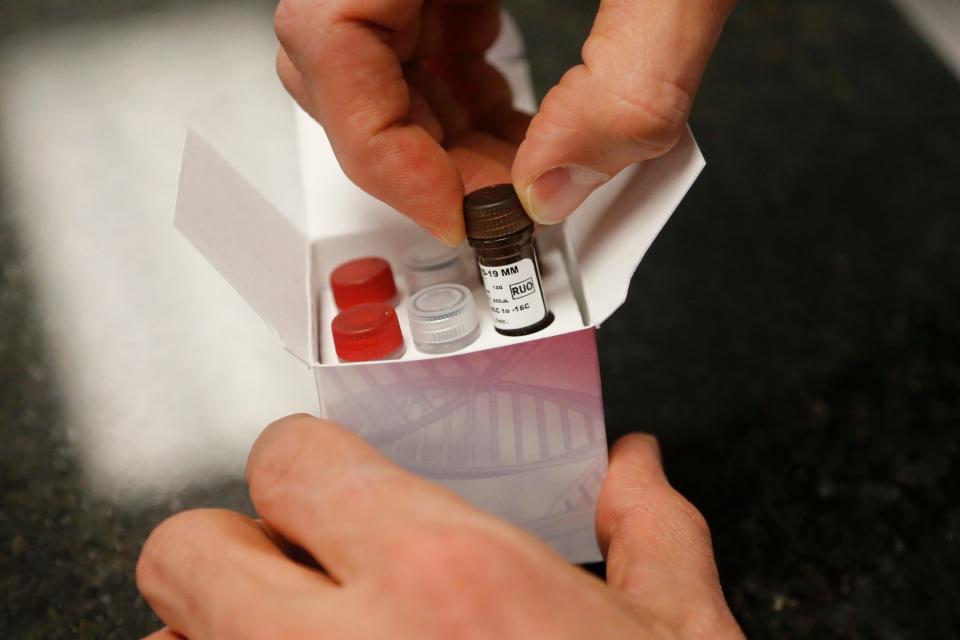
The Food and Drug Administration has compiled a list of various at-home COVID-19 tests, with a shelf-life and an expiration date included.
The shelf-life of a COVID-19 test is how long the test should work as expected and is measured from the date the test was manufactured. The expiration date is set at the end of the shelf-life and is the date through which the test is expected to perform as accurately as when manufactured. In some cases, the expiration date for a test may be extended, according to the FDA.
An extended expiration date means the manufacturer provided data showing that the shelf-life is longer than what was previously known when the test was first authorized.
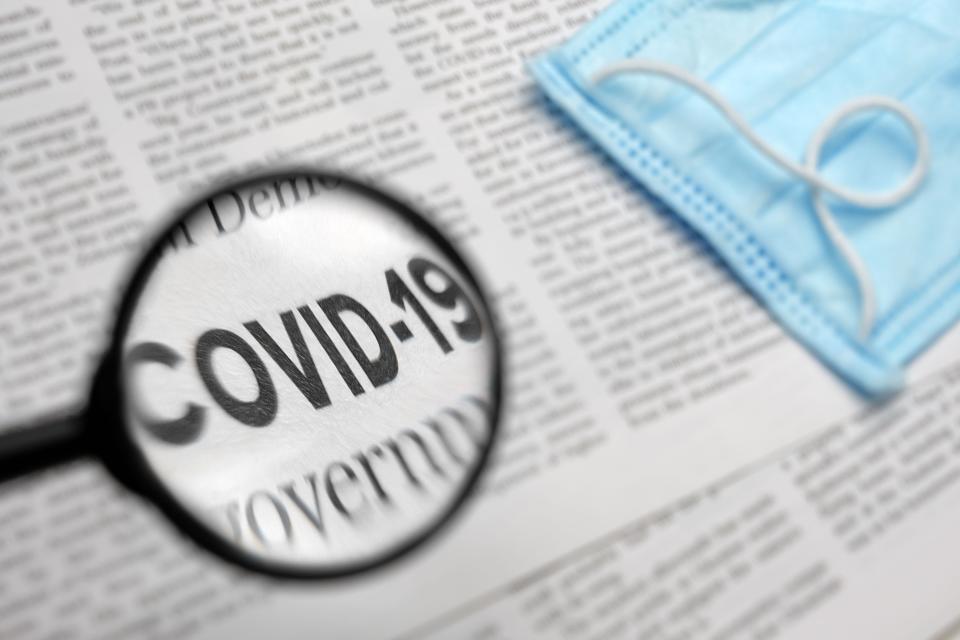
To check if the expiration date for your at-home COVID test has been extended, match the manufacturer name on the test packing to the name and image shown on the FDA’s website. If the expiration date has been extended, the “expiration date” column states “extended expiration date,” with a link to a document that lists the lot numbers, original expiration dates and the extended expiration dates.
The amount of time the expiration date has been extended varies. Some are valid for an extra few months while others are valid for 11 months, and various other extensions.
If the lot number and/or original expiration date on your at-home test packaging do not appear on the linked document, or if the “expiration date” column states “expiration date: see box label,” do not use the test beyond the original expiration date on your test, according to the FDA.
Other ways to get tested for COVID-19 in Delaware
If you discover that you’ve been receiving more at-home testing kits than you use, consider donating the ones that have yet to expire or sharing them with neighbors, friends and family who frequently travel or deal with the public.
It’s OK to keep a few handy, but you can also purchase at-home tests from local retailers and pharmacies. To avoid waste, your best testing option from now on might be to visit the free local testing sites near you, which can be found by visiting testinglocator.cdc.gov/.
Once you enter your ZIP code, a list of nearby testing options, along with instructions for scheduling an appointment, will be displayed.
Got a tip or a story idea? Contact Krys'tal Griffin at kgriffin@delawareonline.com.
Details on prison health care issues: Delaware prison health care providers prioritized profit over care, new lawsuit claims
ICYMI: Going to Newark's Halloween parade Sunday? Plan ahead. Here's what you need to know
This article originally appeared on Delaware News Journal: How to tell if at-home COVID tests are expired, how to get free tests

